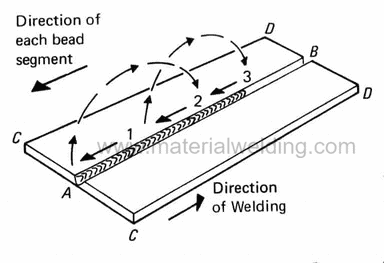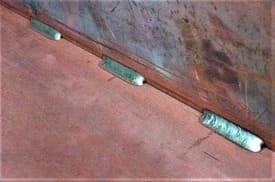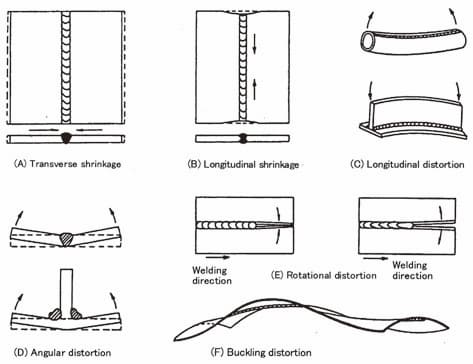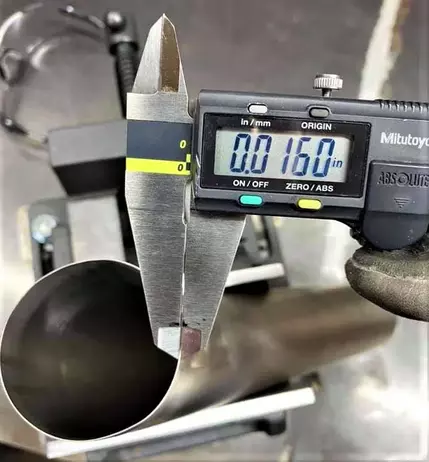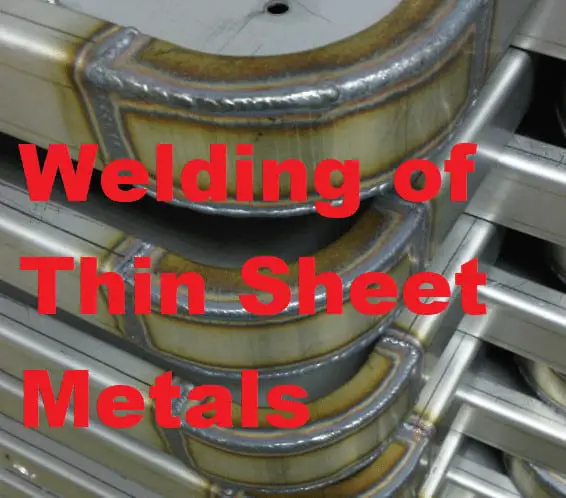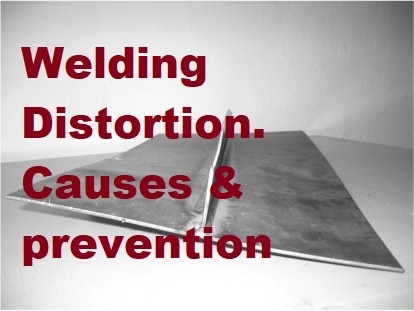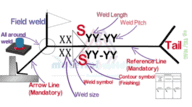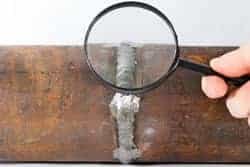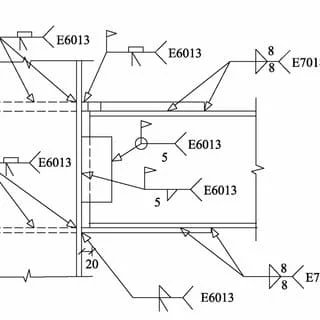What is Skip Weld?
Skip welding is a type of welding technique where a part of length is welded followed by a weld segment not welded. This leaves an unwelded space in between the two welded segments.
Skip welding is often used when welding large joints or when welding materials that are prone to distort during welding.
This allows for easier welding of thin materials and enables the welder to control the heat input better. Skip welding is commonly used in shipbuilding, boiler making, and other heavy industries.
Skip welds are similar to stitch weld and also called Intermittent weld. The strength of skip weld is less than the full or continuous weld.

Benefits of Skip Weld
Skip welding is a low heat input welding technique that helps to control distortion and is easy and fast to perform. It is particularly well suited for joining sheet metal components.
Some of the main benefits of skip welding include:
1. Low heat input – this helps to reduce the risk of distortion and warping, as well as minimizing the heat-affected zone.
2. Distortion control – by keeping the heat input low, it is possible to better control the amount of distortion that occurs during welding. This can be beneficial when working with sensitive materials or when precise tolerances are required.
3. Easy and fast – skip welding is a relatively simple welding process that can be completed quickly, making it ideal for production line applications.
4. Reduced Warping – Skip welding helps to reduce warping and distortion of the metal, making it ideal for applications where precise tolerances are required.
4. Good for sheet metal welding – Skip welding is a popular welding technique that is used to sheet metal together.
What is Back Stepping in Welding?
In welding, back stepping is a technique where the weld is started at a short distance from the end of the weld seam. The distance is usually the length of bead deposit by one electrode.
This is followed by next weld that is started from a similar distance from first weld & fused into the previous weld starting point.
The same sequence is followed continuously until the complete welding is finished.
